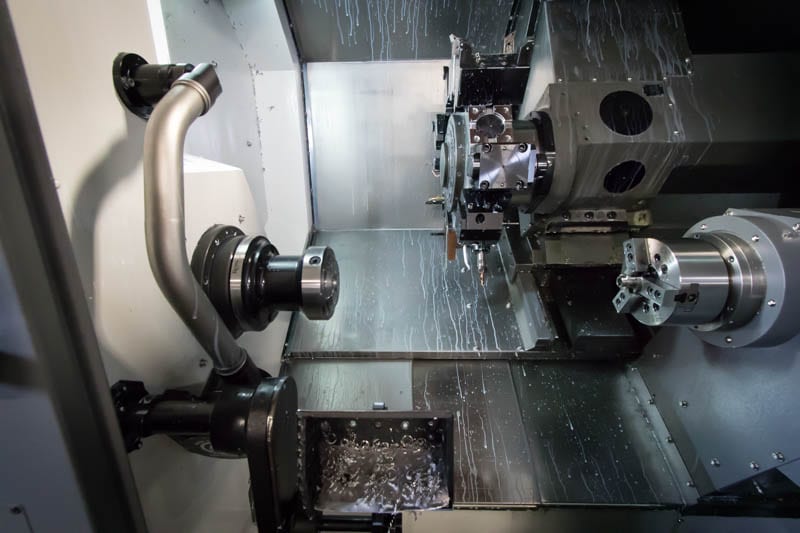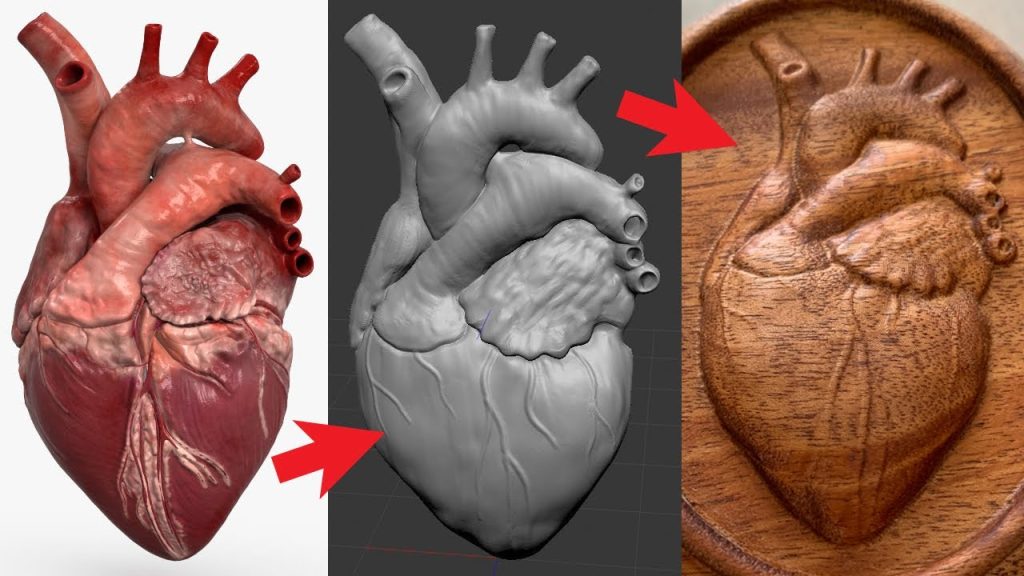Table of Contents
- Can a Picture Be Turned Into a 3D CNC?
- Freequently Asked Questions
- Can any picture be turned into a 3D CNC model?
- What software is needed to convert a picture into a 3D CNC model?
- What factors affect the quality of a 3D CNC model created from a picture?
- What are the advantages of using a 3D CNC model created from a picture?
- What are some common applications for 3D CNC models created from pictures?
Have you ever wondered if you could turn a picture into a 3D CNC design? With the rise of advanced technology, it’s now possible to transform 2D images into 3D models that can be used in CNC machining. This innovation has opened up a whole new world of possibilities for designers and engineers looking to bring their creations to life.
Gone are the days of manually creating 3D models from scratch. Now, with just a few clicks, you can transform a simple 2D image into a fully realized 3D model that can be used for CNC machining. This technology not only saves time but also allows for greater accuracy and precision in the final product. So, let’s dive in and explore the exciting world of turning pictures into 3D CNC designs.
Can a Picture Be Turned Into a 3D CNC?
Are you looking for a way to turn your 2D pictures into 3D CNC models? Well, you’re in luck because it is possible! With today’s technology, it’s easier than ever to create 3D models from images, and CNC machines can help bring those models to life. In this article, we’ll explore the process of turning pictures into 3D CNC models and the benefits of doing so.
The Process of Turning Pictures into 3D CNC Models
Turning a picture into a 3D CNC model involves several steps, including:
1. Image Conversion: The first step is to convert the 2D image into a 3D model. This can be done using software tools such as Autodesk 123D Catch or Photogrammetry.
2. 3D Modeling: Once the image is converted, it needs to be modeled. This involves analyzing the image and creating a 3D representation of it using specialized software tools.
3. CAM Programming: The next step is to program the CNC machine to create the 3D model. This involves creating a tool path and selecting the right cutting tools.
4. CNC Machining: Finally, the CNC machine is used to produce the 3D model. This involves feeding the programmed tool path into the machine and letting it do its job.
The Benefits of Turning Pictures into 3D CNC Models
There are many benefits to turning pictures into 3D CNC models, including:
1. Efficiency: CNC machines are incredibly efficient and can produce multiple copies of a model quickly and accurately.
2. Accuracy: CNC machines are very precise, which means that the 3D models they produce are accurate and consistent.
3. Customization: Turning pictures into 3D CNC models allows for customization. You can create unique designs and models that are tailored to your specific needs.
4. Cost-effectiveness: CNC machines are cost-effective, especially when producing large quantities of a model.
Turning Pictures into 3D CNC Models vs Traditional Methods
Turning pictures into 3D CNC models is a relatively new method of creating 3D models, but it has several advantages over traditional methods. For example:
1. Speed: Turning pictures into 3D CNC models is faster than traditional methods because it eliminates the need for manual modeling.
2. Accuracy: CNC machines are very accurate, which means that the 3D models they produce are more accurate than those created using traditional methods.
3. Cost: CNC machines are cost-effective, especially when producing large quantities of a model.
4. Customization: Turning pictures into 3D CNC models allows for customization, which is not possible with traditional methods.
In conclusion, turning pictures into 3D CNC models is an efficient, accurate, cost-effective, and customizable way of creating 3D models. With the right software tools and CNC machine, you can bring your 2D images to life in a whole new dimension.
Freequently Asked Questions
In the world of CNC machining, there are many ways to create a 3D object. One of the most unique ways is by transforming a 2D picture into a 3D CNC model. This process can seem complicated, but it is actually quite simple. Here are some common questions people have about this process.
Can any picture be turned into a 3D CNC model?
Unfortunately, not every picture can be turned into a 3D CNC model. The picture needs to have high contrast and clear lines. If the picture is blurry or has too much detail, it will not translate well into a 3D model. Additionally, pictures with a lot of shading or gradients are also difficult to convert.
However, there are many software programs available that can help enhance a picture to make it more suitable for CNC machining. These programs can adjust the contrast and remove unnecessary details, making the picture more CNC-friendly.
What software is needed to convert a picture into a 3D CNC model?
There are a variety of software programs available that can convert a picture into a 3D CNC model. Some of the most popular programs include Autodesk Fusion 360, SolidWorks, and SketchUp. These programs allow users to import a 2D picture and then extrude it into a 3D model.
It is important to note that these software programs can be expensive and may require some training to use effectively. However, there are also free and open-source programs available, such as Blender and FreeCAD, that can achieve similar results.
What factors affect the quality of a 3D CNC model created from a picture?
There are several factors that can affect the quality of a 3D CNC model created from a picture. One of the most important factors is the resolution of the original picture. Higher resolution pictures generally result in higher quality 3D models.
Another factor is the quality of the software used to create the model. The software should be capable of accurately interpreting the picture and converting it into a 3D model. Additionally, the skill level of the person creating the model can also affect its quality.
What are the advantages of using a 3D CNC model created from a picture?
One of the biggest advantages of using a 3D CNC model created from a picture is the ability to create unique and custom designs. CNC machines can create precise and intricate cuts that are difficult to achieve by hand. This allows for the creation of complex shapes and designs that would be impossible to create manually.
Additionally, using a 3D CNC model can save time and money in the production process. Once the model is created, it can be easily replicated and scaled as needed. This can be especially useful in mass production scenarios.
What are some common applications for 3D CNC models created from pictures?
There are many applications for 3D CNC models created from pictures. Some common uses include creating custom signs, engraving logos, and creating unique art pieces. Additionally, these models can be used in the creation of custom parts for machinery or prototypes for new products.
The possibilities are almost endless when it comes to using 3D CNC models created from pictures. With the right software and equipment, almost any design can be brought to life in a 3D form.
In conclusion, the answer to the question “Can a picture be turned into a 3D CNC?” is yes. With the help of advanced technology and software, it is now possible to convert 2D images into 3D models that can be used for CNC machining.
However, it is important to note that not all images can be easily converted into 3D models. The quality and resolution of the image play a crucial role in determining the accuracy and detail of the final 3D model. Additionally, the complexity of the image can also impact the level of difficulty in converting it into a 3D model.
Despite these challenges, the ability to turn pictures into 3D CNC has opened up new possibilities for designers and manufacturers. It allows them to easily create intricate and detailed designs that were previously difficult or impossible to achieve. As technology continues to advance, we can expect even more exciting developments in this field.
Request a quote today!
[contact-form-7 id="1578" title="Contact form"]
Please compress the file into a ZIP or RAR file before uploading. Alternatively, send through your RFQ by email.
enquires@unitymanufacture.com





